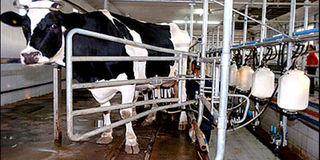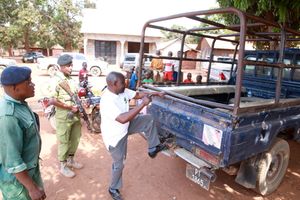What's hold TZ's dairy industry back

Though the sector contributes about 3.8 per cent to Tanzania’s gross domestic product, milk production has remained minimal.
What you need to know:
These factors make it difficult for milk processors to operate efficiently, according to Tanzania Milk Processors Association (Tampa) executive secretary Edmond Mariki.
Dar es Salaam. Tanzania’s dairy industry has a huge potential to improve food security and livestock keepers’ welfare but is challenged by poor infrastructure, collection of milk and marketing.
These factors make it difficult for milk processors to operate efficiently, according to Tanzania Milk Processors Association (Tampa) executive secretary Edmond Mariki.
“The sector has not been given the required priority….most dairy farmers operate in inaccessible areas and milk processors cannot reach them…there are few milk collection centres and the government must build them if the sector is to prosper,” he told The Citizen in an interview.
Though the sector contributes about 3.8 per cent to Tanzania’s gross domestic product, milk production has remained minimal.
This, according to Mr Mariki, is due to a slow increase in the number of dairy cows.
According to the acting registrar at the Tanzania Dairy Board (TDB), Mr Nelson Kilongozi, the sector is still at its nascent age, noting however that TDB is currently development strategies that seek to modernise and commercialise it.
The industry’s performance, he said, is influenced by changes in production systems, economic policies and regulations. Tanzania is home to 82 milk processing plants that have a capacity of processing 167,620 litres of milk per day.
About 70 per cent of the milk produced in the country comes from the traditional sector (indigenous cattle) kept in rural areas, while the remaining 30 per cent comes from improved cattle mainly kept by smallholder producers.




